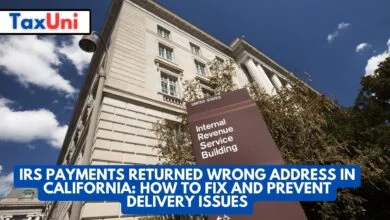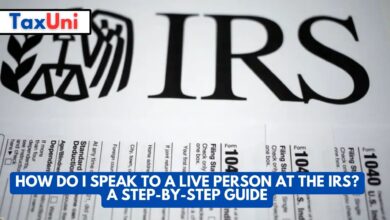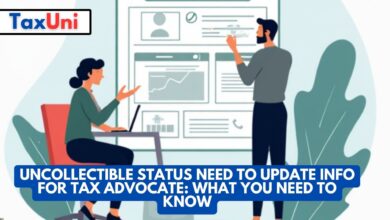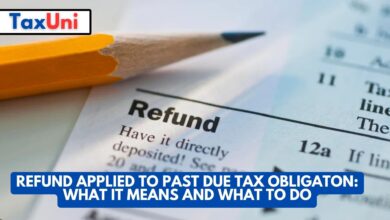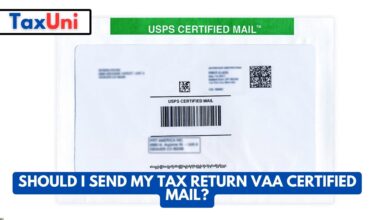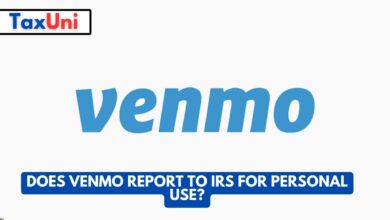How to Report Noncash Donation From k1?
This article provides a comprehensive guide on how to report noncash donations from a K-1, explaining the necessary steps, forms, and IRS requirements for accurately documenting such contributions. It also highlights the importance of compliance with tax regulations, including the use of Form 8283 for contributions exceeding $500, and addresses key considerations for pass-through entities.

Contents
Reporting noncash donations from a K-1 is an essential process for individuals or entities receiving income from partnerships, S corporations, or trusts that allocate charitable contributions. These noncash donations, often listed on Schedule K-1 under specific codes (e.g., Line 12 or Line 13), represent the taxpayer’s share of charitable contributions made by the entity. To report these contributions correctly, taxpayers must adhere to IRS guidelines, including the use of Form 8283 for noncash donations exceeding $500. This form requires detailed information about the donated property, such as its description, fair market value, and acquisition date. Additionally, if the donation exceeds $5,000, a qualified appraisal may be required to substantiate the deduction. Proper reporting ensures compliance with IRS regulations and maximizes potential tax benefits.
Steps to Report Noncash Donations from a K-1
- Review Your K-1 Form:
- Locate the section on your Schedule K-1 that lists charitable contributions. For S corporations, noncash donations are typically reported on Line 12 with Code C; for partnerships, they appear on Line 13 with Code C.
- Note the amount and type of contribution allocated to you.
- Determine Eligibility:
- Ensure that the donation was made to a qualified charitable organization recognized under IRS Section 501(c)(3). Contributions to individuals or non-qualified organizations are not deductible.
- Complete Form 8283:
- If your share of noncash contributions exceeds $500, you must file Form 8283 with your tax return.
- Include details such as:
- Description of the donated property
- Date acquired and cost basis
- Fair market value at the time of donation
- Name and EIN of the donating entity (if applicable).
- Appraisal Requirement:
- For donations exceeding $5,000 in value (excluding publicly traded securities), obtain a qualified appraisal as required by the IRS. The appraiser must sign Part IV of Form 8283.
- Attach Supporting Documentation:
- Include any supplemental statements provided by the pass-through entity along with your tax return.
- If multiple pass-through entities are involved in reporting the donation, attach separate Forms 8283 for each entity.
- File Your Tax Return:
- Ensure that all forms and documentation are filed correctly to claim your deduction. If you itemize deductions on Schedule A, include these contributions in your total charitable deductions.

Special Considerations for Pass-Through Entities
- Allocation of Contributions: The values reported on Schedule K-1 represent your share of charitable donations made by the entity. These are not direct contributions but rather allocations based on your ownership percentage.
- Tax Deduction Limits: The deduction for noncash contributions is subject to limits based on your adjusted gross income (AGI) and the type of organization receiving the donation (e.g., public charities vs. private foundations).
- Fiduciary Returns: For trusts and estates filing Form 1041, noncash contributions can be allocated to beneficiaries or deducted at the entity level if properly documented.
Key IRS Rules and Compliance
- Maintain proper documentation for all noncash donations exceeding $250, including receipts or written acknowledgments from the charitable organization.
- Ensure that deductions align with IRS valuation rules to avoid penalties or audits. Overstating fair market value without proper substantiation can lead to disallowance of deductions.
In conclusion, understanding how to report noncash donations from a K-1 is critical for accurate tax filing and maximizing deductions. By following IRS guidelines, completing Form 8283 accurately, and maintaining proper documentation, taxpayers can ensure compliance while benefiting from their charitable contributions.
